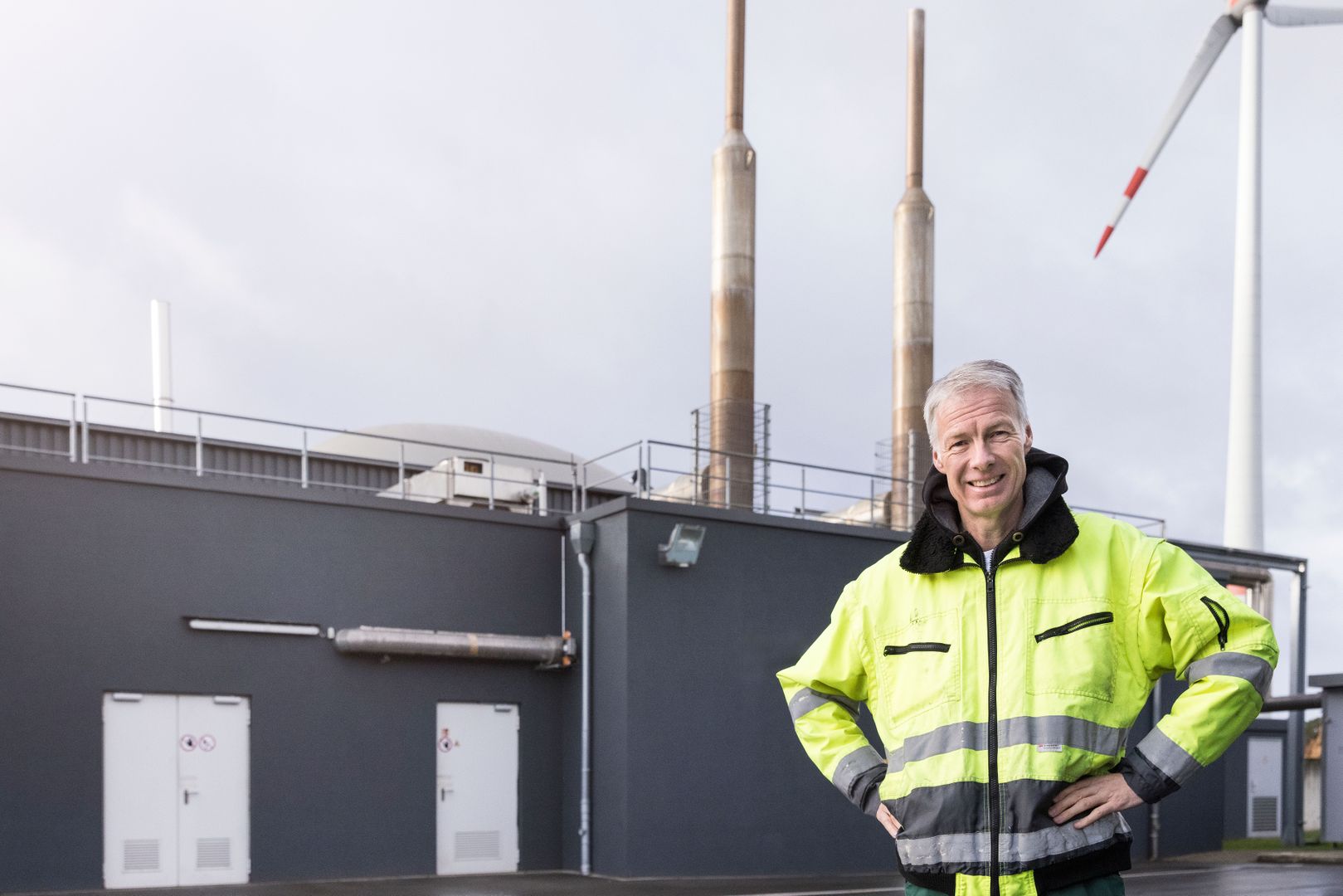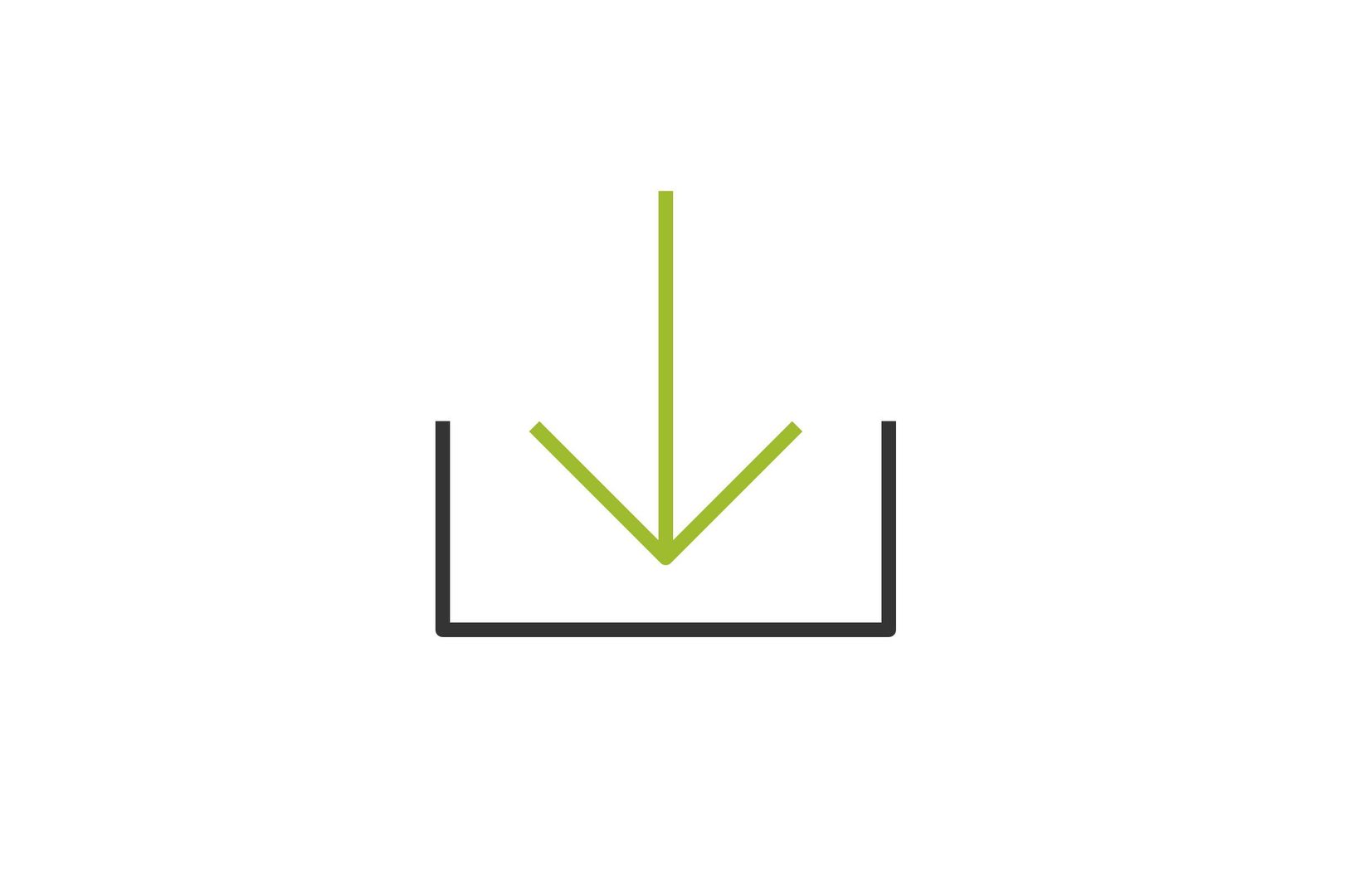When organic waste supports the power grid
There are places where you feel a few steps closer to the future. And no, it doesn't have to be the latest supertower on the Arabian Peninsula or the trendy loft of the next big thing from Silicon Valley; sometimes, it's a former ammunition depot of the Bundeswehr in the winter-rainy Münsterland.

Where the ammunition for the Cold War was once stored and today the citizens of the region can drop off their bulky waste, wind turbines turn between the solar panels installed on the roofs of bunkers, a biogas plant runs and in the middle of it all, in an inconspicuous factory building, organic waste is turned into green electricity. The region's organic waste ferments in twelve airtight, garage-sized containers - the fermenters - until it is composted into humus after various process steps.
"During fermentation under oxygen exclusion, methane is produced, which we then convert into electricity and heat in two combined heat and power plants," explains Stefan Wernsmann, operations manager of the composting plant at the Entsorgungsgesellschaft Steinfurt (EGST). "Each year, we generate 3.7 million cubic metres of biogas from the region's organic waste. This enables us to produce enough electricity for 2,000 four-person households."
The two combined heat and power units, each with a capacity of 527 kW, are integrated into the Next Pool, the Virtual Power Plant of Next Kraftwerke. Through a remote control unit, the Cologne-based electricity traders can regulate the CHP units, adjusting their output. With this flexibility, the EGST plant participates in the balancing energy market of the four German transmission system operators. By delivering balancing energy - a reserve to stabilise the electricity grids - EGST earns revenue that goes beyond the simple marketing of electricity with Next Kraftwerke. "One unique aspect is that our two CHP units usually run at around 750 kW, so we can regulate both upwards and downwards," explains Stefan Wernsmann. Next Kraftwerke therefore offers the plant to the transmission system operators for positive and negative balancing energy calls in order to cushion frequency imbalances in the power grid.
The algorithm of the virtual power plant, which distributes the activations of the transmission system operators to the networked plants in the shortest possible time, takes various individual restrictions of the plants involved into account. This is also the case in Steinfurt: In order to ensure the heat supply of the area, the limit for negative balancing energy calls is 50% of the CHP capacity. The CHP plants are therefore not switched off, but merely reduced to partial load.
"The calls for balancing energy run smoothly and often unnoticed," adds Stefan Wernsmann. "We always have enough heat left and the fermenters also tolerate shorter fluctuations in the heat supply without any problems."
The present causes no problems, so Stefan Wernsmann can turn his attention to the future. The next tour for international visitor groups is coming up soon. Perhaps someone from Arabia or California will be inspired here.
Facts
| Installed capacity | 1054 kW (electric) |
| Annual electricity production | 6500 MWh |
| Organic waste used per year | 45000 tons |
| Compost produced per year | 12000 tons |
| Product used | Power Trading and Balancing Energy |


